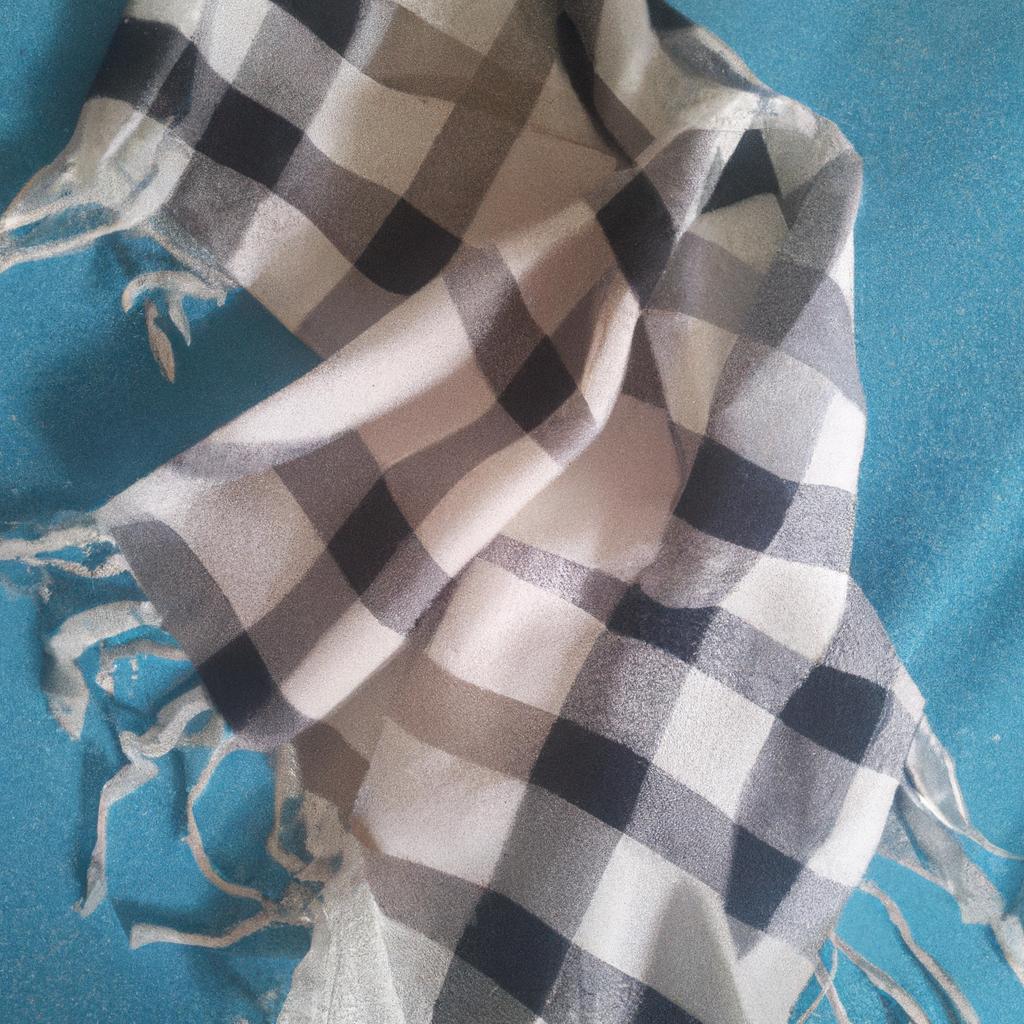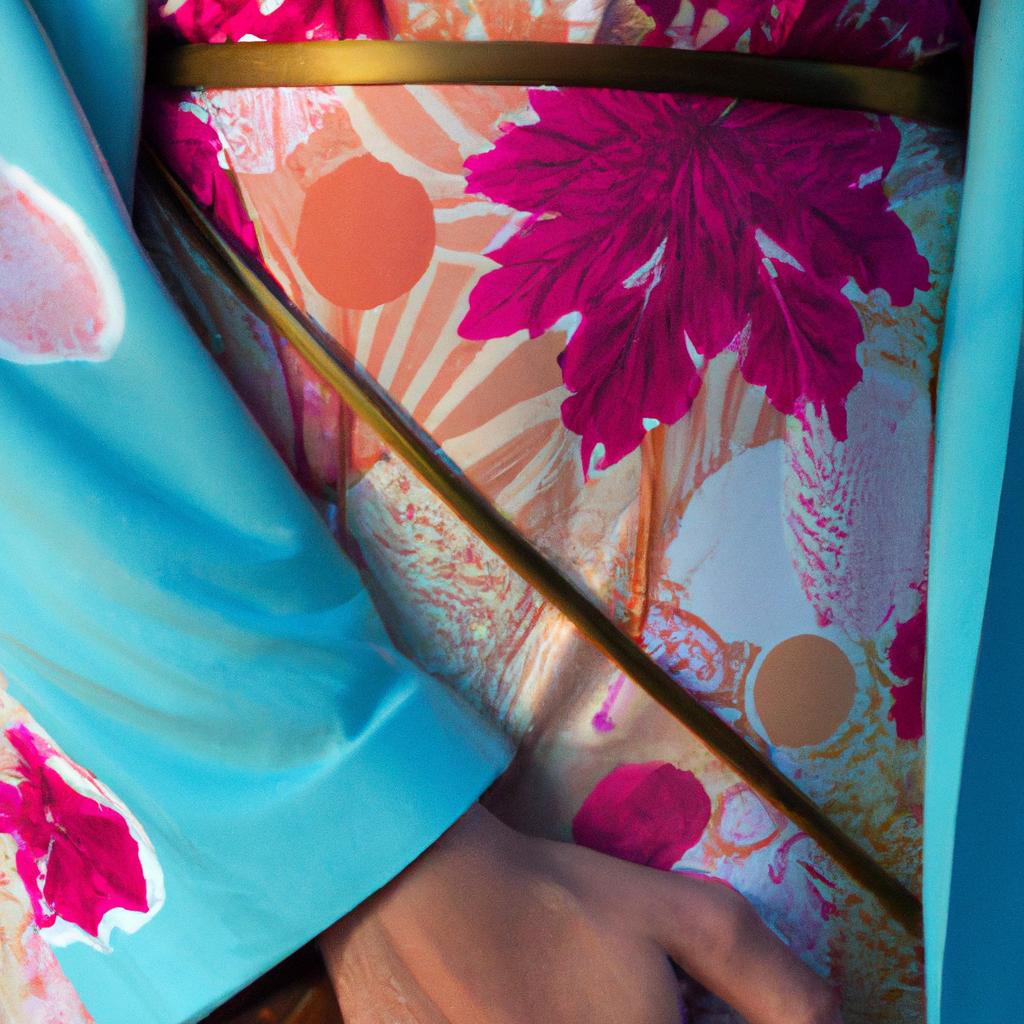Introduction to Traditional Dress and Why It Is so Relevant in Modern Fashion
Whether it’s the colorful saris of India, the intricate Kente cloth of Ghana, or the iconic Kimonos of Japan, traditional dress can be seen as a reflection of a particular culture. It also provides a window into the ways people express themselves—their beliefs, values, and identities.
Traditional dress has become increasingly popular within the sphere of modern fashion. This is due, in part, to the rise of the “ethno-chic” trend, which is inspired by traditional clothing from around the world. Designers look to global cultures for inspiration, often adapting traditional designs with modern details, while paying homage to the beauty and craftsmanship of the original creations.
In this guide, we will explore how traditional dress from different countries is being incorporated into modern fashion. We will look at examples from India, Ghana, Japan, Mexico, and other regions of the world. We will discuss why traditional dress is beloved by fashion designers and remains relevant today.
Traditional Dress from India
India is a vast country, home to a myriad of different cultures and traditions. Traditional dress has been an important part of Indian culture for centuries and still remains a source of pride and identity for many people today.
The sari is one of the most iconic and recognizable examples of traditional dress in India, with each region of the country having its own distinct style. The sari is an unstitched length of cloth that is usually around 5 metres long and is typically draped around the body in layers. Sari styles vary greatly depending on the region they come from, as each state has its own unique colour combinations and designs.
In most parts of India, the sari is worn by women of all ages and it is typically accessorized with ornamental jewelry and makeup. For men, traditional dress typically includes a dhoti (loose pants) and kurta (loose shirt).
Diagrams of famous sari styles can be seen below.
- Diagram 1: Marathi Nauvari sari
- Diagram 2: Kanchipuram sari
- Diagram 3: Kanjeevaram sari
Examples of Traditional Dress from Ghana, Particularly Kente Cloth
In Ghana, it is tradition for people to wear brightly colored cloths made of cotton and/or silk, known as Kente Cloth. The cloths are handwoven on looms and typically feature intricate patterns and designs in bold hues. Wearing Kente cloth is a sign of wealth and status, and is often associated with political and social events in Ghana. Traditionally, Kente cloths were worn during funerals, weddings, and other ceremonies.
Kente cloth is not only a symbol of status, but also of identity. The colors and patterns of the Kente cloths have specific meanings associated with them that reflect an individual’s journey, experiences, and beliefs. For example, yellow represents fertility, while black is used to represent death and mourning. Red is commonly used to represent a powerful female ancestor.
In modern fashion, Kente cloth has become an international trend. The vivid colors and intricate patterns make Kente cloth a popular choice for editors, photographers, and designers around the world. Designers are using the vibrant designs of Kente cloth to create exciting new outfits and trends.
More and more, traditional garments are being seen as timeless classic pieces and are being included in fashion collections all over the world. The unique beauty of Kente cloth designs have earned them a place of pride and honor on the runways and red carpets of the fashion world.
Traditional Dress from Japan
Japanese traditional dress, known as kimonos, have been around for centuries. These beautiful garments feature unique patterns and textures which are meant to represent the wearer’s individual style. Kimonos usually consist of bold colors, intricate shapes, and sophisticated details.
Kimonos can be used for both formal or casual events. They can be worn as single pieces, layered outfits, or as part of a larger costume. There are several types of kimonos that vary in length, color, and design. Some of the most popular options are the furisode and the uchikake. Both types feature a long sleeve and a sash around the waist.
Kimonos are a great way to express one’s individuality and creativity. They can be dressed up or down depending on the occasion. They are also considered to be pieces of artwork, so they can be treasured for many years to come.
Types of Japanese Traditional Kimonos
The two main types of Japanese traditional kimonos are the furisode and the uchikake.
- Furisode: This is the longest type of kimono, with sleeves that reach to the knees. Furisode are traditionally made with bright colors and eye-catching designs. They are typically worn by young, unmarried women.
- Uchikake: This kimono is similar to a furisode, but it is usually longer and heavier. It is also adorned with more detailed designs and embroidery. Uchikake kimonos are usually reserved for formal occasions, such as weddings or parties.
Kimonos are a timeless fashion statement and a great way to showcase traditional Japanese culture. Whether you use them for formal occasions or more casual events, kimonos are a wonderful way to express your personal style.
Examples of Traditional Dress from Mexico
Traditional Mexican dress typically reflects a particular region or place. Outfits such as Huipiles and Zarapes are examples of clothing that represent the culture of the region they come from.
Huipiles are a type of traditional Mexican blouse. They are seen in several varieties, including those with bright colors and intricate woven designs. Each type of Huipil represents an area’s culture and heritage. Huipiles are usually made from cotton or wool, and they often include embroidered details along the neckline, sleeves, and the hem.
Zarapes are a Mexican tradition used as a shawl or blanket. The material is usually brightly colored, and it features complex patterns. It is common for people to use Zarapes in ceremonies, festivals, and other events. There are two main types of Zarapes: ones with a straight line from bottom to top, and ones with a circular shape.
Cultural Significance of Traditional Mexican Dress
Traditional Mexican dress has held a variety of symbolic meanings throughout history. For example, Huipiles often feature symbols that represent the wearer’s traditional beliefs. These symbols often include animals, plants, stars, and more. Additionally, the intricate weaving and embroidery found on Huipiles also serves an important role in preserving traditional craftsmanship.
In addition, Zarapes are often used as a form of celebration. People may wrap Zarapes around their shoulders during special occasions such as weddings, baptisms, and festivals. This is a nod to the fact that they are a symbol of the culture’s identity. Furthermore, Zarapes are even used to honor the dead in some regions, such as during Day of the Dead celebrations.
These examples of traditional Mexican dress demonstrate its importance in modern fashion. By incorporating traditional items into their wardrobe, people are able to show their cultural pride and appreciation for their homeland. Traditional dress from Mexico has been embraced by both locals and foreigners alike, and it can continue to remain a part of modern fashion.
Examples of Other International Traditional Dress
Traditional dress is not only limited to certain areas, as many countries around the world have their own unique styles. Germany is a perfect example of this, with many women wearing traditional Dirndls as part of national celebrations or for everyday wear. Dirndls consist of tight-fitting bodices, full skirts and accompanying aprons that come in a variety of designs and colours.
Similarly, Nigeria is known for its Okobo shoes, which are widely worn by both men and women. Okobo shoes have been made since the 16th century using hand-crafted leather, and feature a wooden block heel that is often decorated with brass ornaments.
It is clear then that traditional dress has long been ingrained in many different cultures, and is still present today. Whether it is in the form of saris from India, Kente cloth from Ghana or Dirndls from Germany, traditional dress is a rich part of a nation’s heritage and contributes to the ever-evolving fashion landscape.
It is clear from this guide that traditional dress is still relevant in modern fashion. From the saris of India to the Kimonos of Japan, these traditional garments show that culture and heritage still remain an important part of fashion design today. As we have seen, traditional dress from different nations around the world can be seen all over the globe, with more and more people understanding the symbolism and meaning behind these exquisite designs.
It is clear that traditional dress is no longer limited to its homeland—people from all over the world are now able to appreciate the beauty of other cultures. Moreover, traditional dress has become a part of the couture and ready-to-wear runway collections, proving that cultural heritage is something that should be celebrated and appreciated globally.
The examples featured in this guide come from countries around the world, showing how each nation has developed their own unique style. From the intricate designs of Kente Cloth from Ghana to the vibrant colors of Huipiles from Mexico, traditional clothing helps keep these customs alive and well. Despite many years of globalization and the homogenization of clothing, traditional dress continues to thrive.
Overall, traditional dress remains an important part of modern fashion. Every nation has its own unique expression of style, and this should be embraced and celebrated. Traditional dress shows us that culture and heritage have the power to transcend time and trends, and these garments should be viewed with appreciation and admiration.
comments: 0




